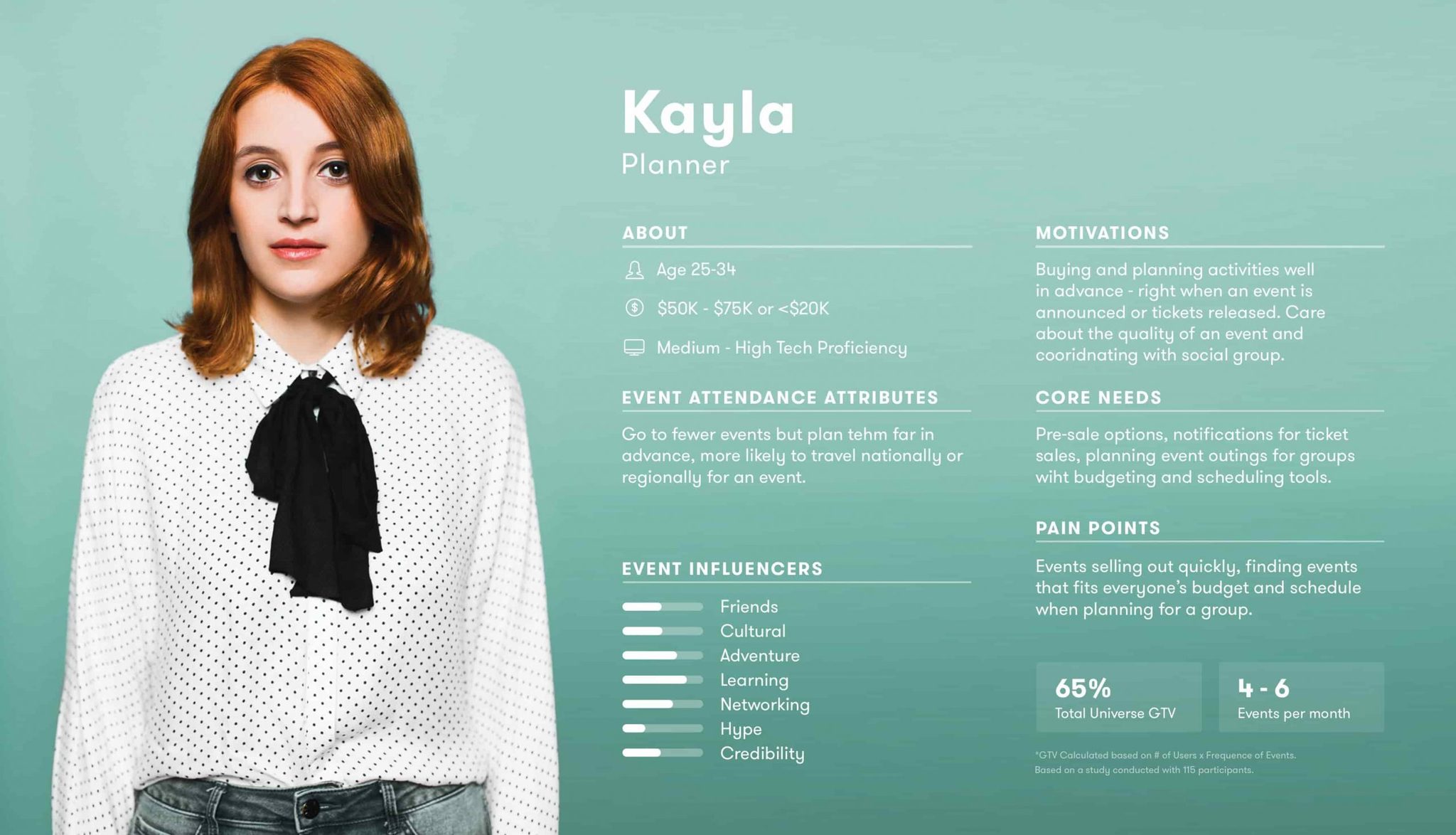User Persona Development
What is User Persona Development?
Definition:
User Persona Development is a crucial step in the design and development process, involving the creation of fictional characters that represent the target audience for a product, service, or application. These personas are based on real data and user research, encapsulating key characteristics, needs, behaviors, and goals of different user groups. The goal is to humanize the users, helping designers and developers empathize with their audience, make informed decisions, and tailor the user experience to meet specific user needs.
Analogy:
Think of User Persona Development as creating characters for a play. Just as playwrights create characters with distinct personalities, motivations, and backgrounds to engage the audience, designers craft user personas to understand and connect with the target users, enhancing the effectiveness of their designs.
Further Description:
User Persona Development involves the following key components:
Demographics: Including age, gender, location, education, and other relevant factors.
Behavioral Traits: Identifying patterns such as shopping habits, technology usage, and decision-making processes.
Goals and Motivations: Understanding what users aim to achieve and the factors that drive their actions.
Challenges and Pain Points: Identifying obstacles or issues that users may encounter in their interactions with the product or service.
Tech Proficiency: Assessing the user’s familiarity and comfort with technology.
Creating user personas can be done through:
User Research: Conducting interviews, surveys, and usability tests to gather insights into user behavior and preferences.
Data Analysis: Utilizing existing data to identify trends and patterns related to user interactions.
Stakeholder Input: Involving input from various stakeholders to gain a holistic understanding of user needs.
Why is User Persona Development Important?
Empathy and Understanding: Personas provide a human face to data, fostering empathy among designers and developers and promoting a deeper understanding of user needs.
Informed Decision-Making: Design choices can be made with the user in mind, ensuring that features and functionalities align with user preferences and goals.
Targeted Marketing: Personas help in tailoring marketing strategies to specific audience segments, improving the effectiveness of campaigns.
Consistent User Experience: Designing with personas in mind ensures a more cohesive and user-centric experience across different touchpoints.
Risk Mitigation: Anticipating user challenges and addressing them in the design phase reduces the risk of negative user experiences and potential product failures.
Examples and Usage:
Apple’s User Personas: Apple creates detailed personas to inform the design of its products. For instance, they might develop a persona representing a creative professional with specific needs related to graphic design and content creation.
E-commerce Platforms: User personas help e-commerce platforms understand the diverse needs of their users, allowing for personalized shopping experiences and targeted promotions.
Healthcare Apps: In healthcare app development, personas might represent patients with different medical conditions, ensuring that the app addresses specific health concerns and usability requirements.
Key Takeaways:
- User Persona Development involves creating fictional characters based on real user data.
- Components include demographics, behavioral traits, goals, challenges, and tech proficiency.
- User personas foster empathy, inform decision-making, and contribute to a consistent user experience.
- Examples include Apple’s detailed personas and the use of personas in e-commerce and healthcare app development.
- The process aids in targeted marketing, risk mitigation, and designing with user needs in mind.





